Ingredients,
Lamb shank 1kg
Baby lamb (boneless) 300gm
Oil 50gm
Onions 200gm
Ginger-garlic 100gm
Saffron few drops
Salt to taste
Cumin seeds 10gm
Green cardamom 5gm
Bay leaf 6-7no
Cinnamon Stick 03 no
Black Cardamom 40 no
Method
Fold cloth twice. Put all the spice in the center. Collect the edges and tie it with a string. Spice potli is ready.
Combine lamb meat, lamb bones, water, salt and spice potli in a large deep pot.
Bring it to a boil, turn heat to low and cook lamb on medium heat till the water is reduced to half. Remove meat and bones and set aside .
Add beaten curds. Crumble saffron and sprinkle over the mixture . Add the lamb and bones that have been set aside .When water starts boiling, lower heat and check the consistency and serve hot with the boneless mutton .
NOTE- Above image is taken from internet.


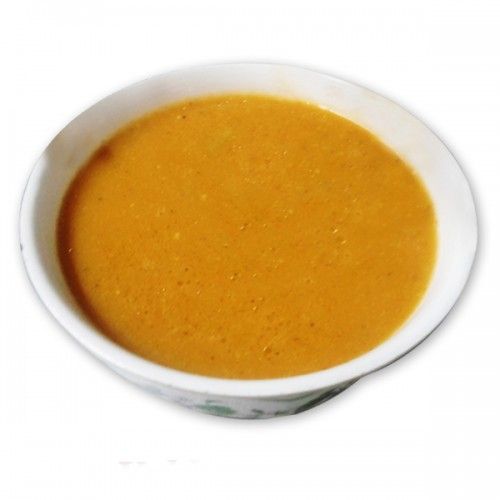
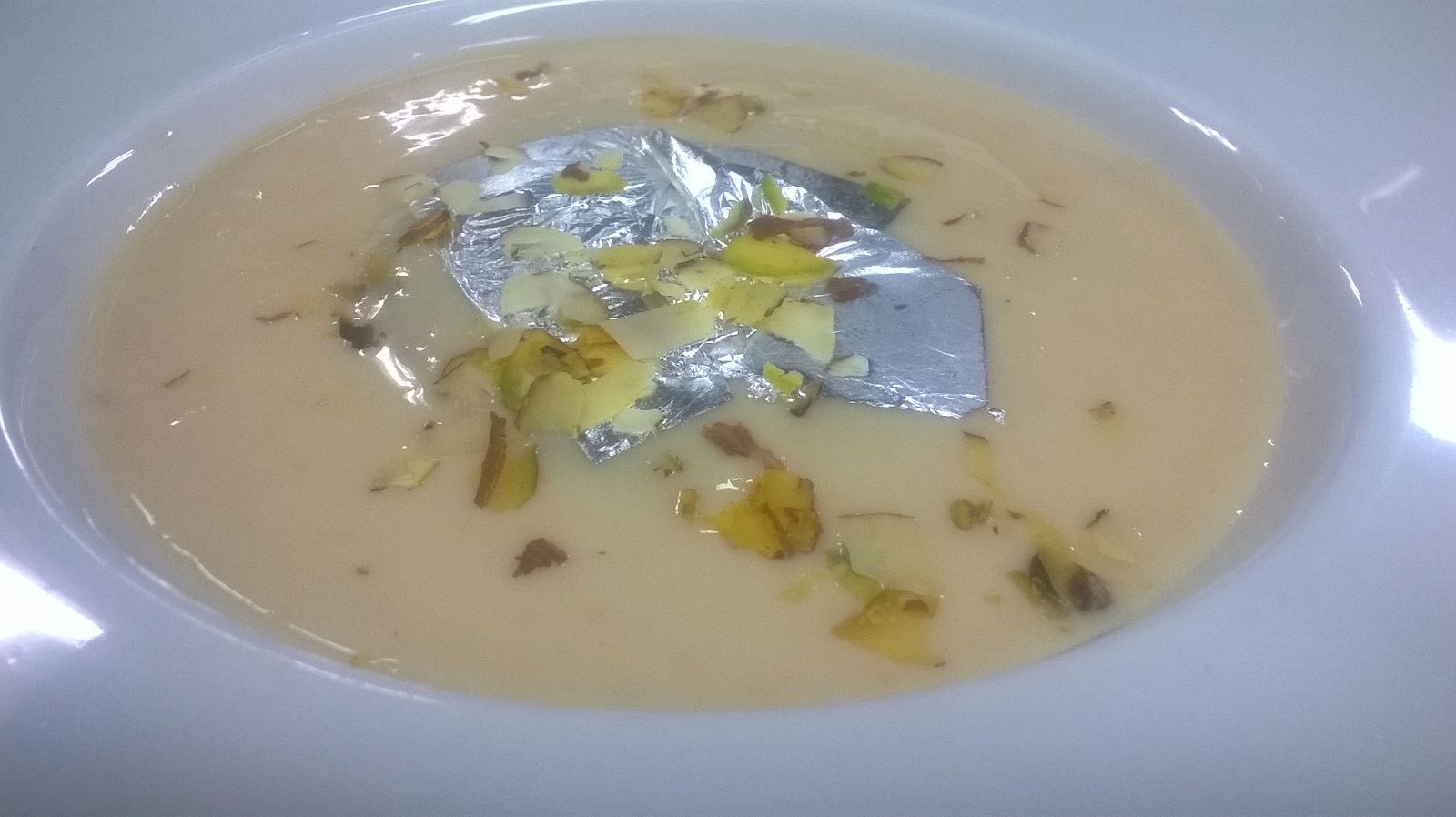
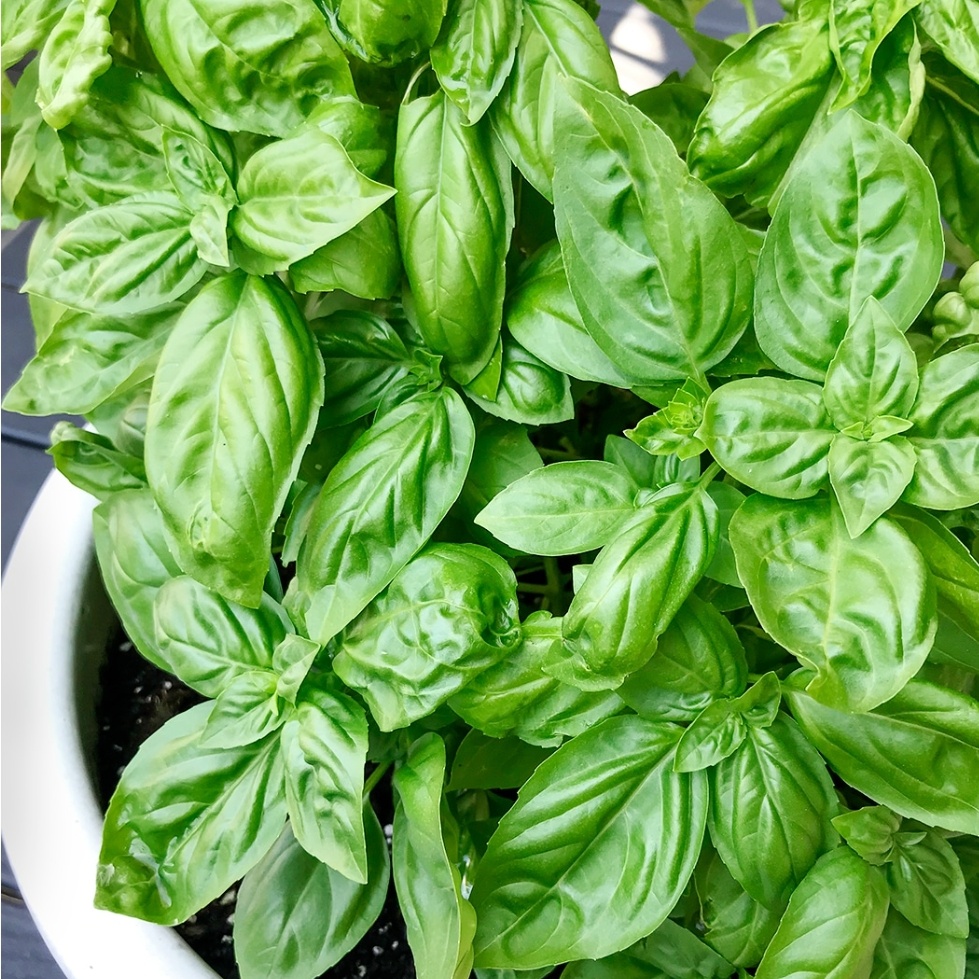
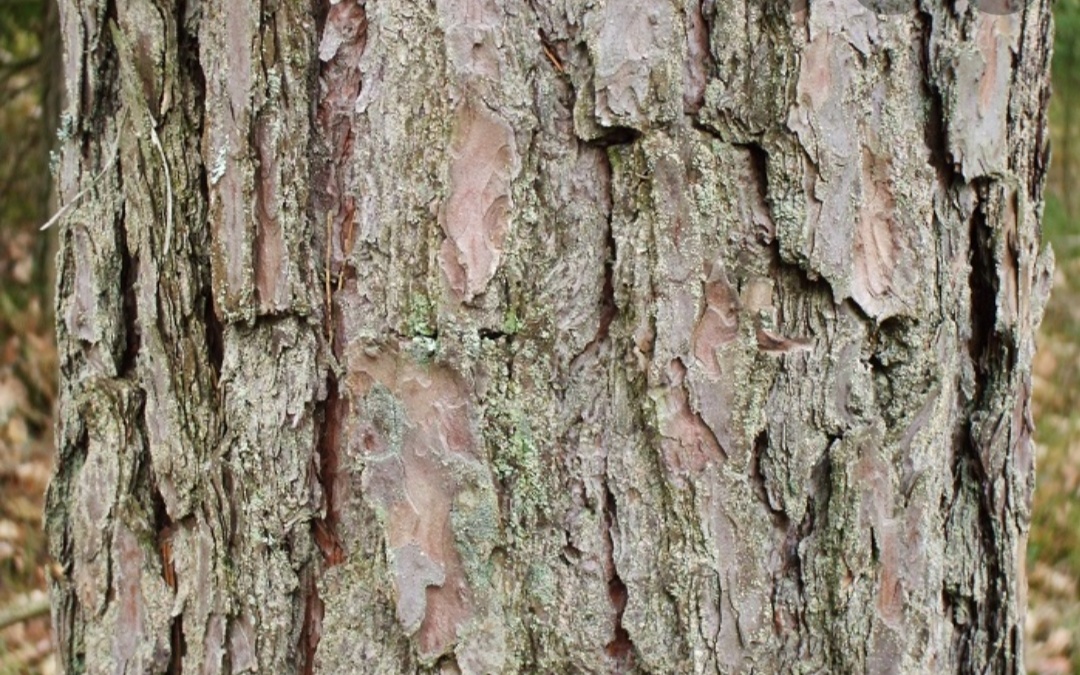
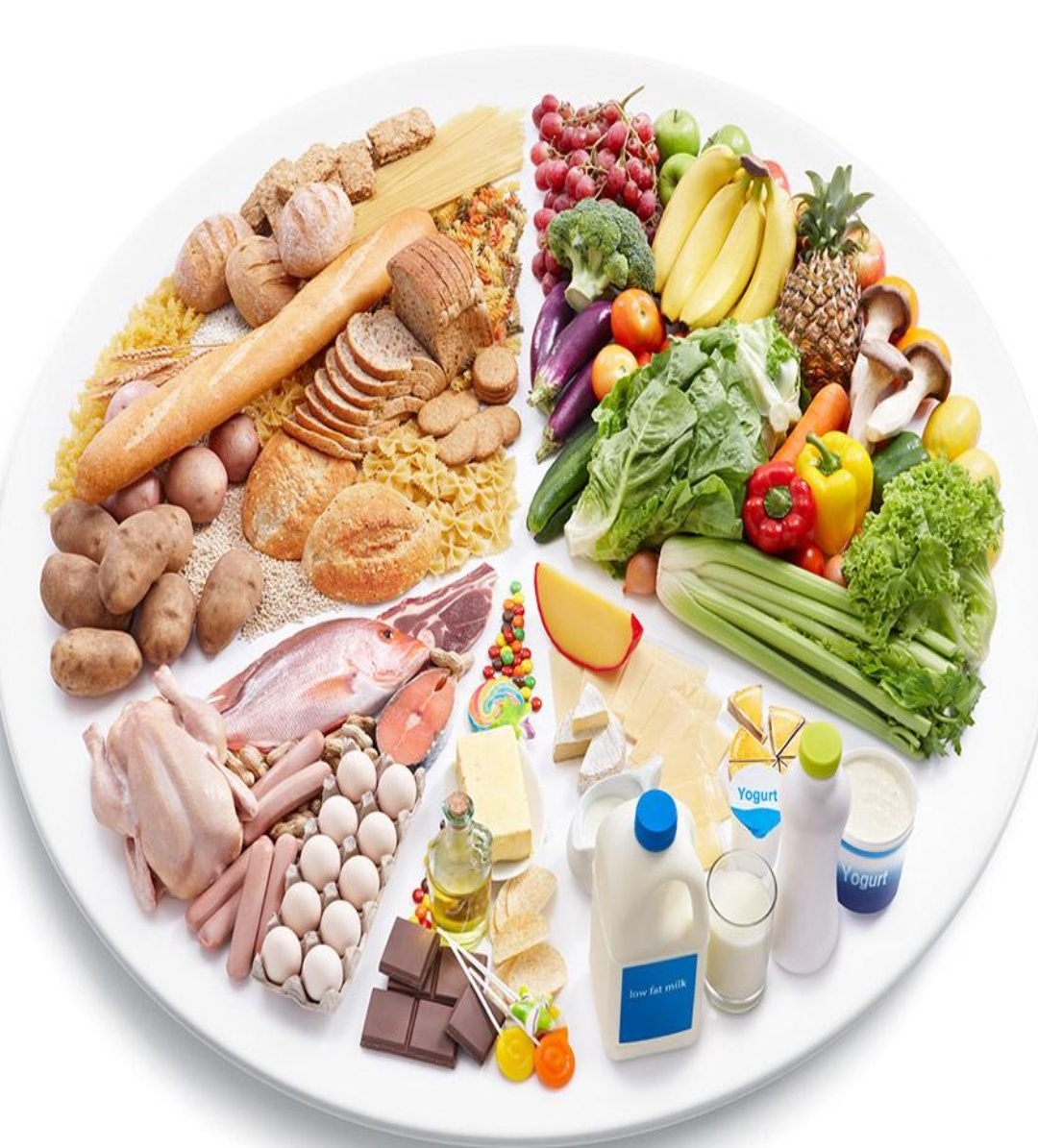
 Drawing, without doubt, on ayruvedic practice, kautilya in his artshastra recommends that ‘ a gentlemen meal’ should consists of one prastha of pure unbroken rice, one fourth quantity of pulses, one-sixth of a prastha of ghee or oil and one sixth-fourth of a prastha of salt. For everyday consumption, sushrutha recommended the shali ( winter) rice, shastika, barley, mung, venison, butter, amla, rock salt, honey, and rainwater, these food were considered least likely to upset the equilibrium of the body doshas.
Drawing, without doubt, on ayruvedic practice, kautilya in his artshastra recommends that ‘ a gentlemen meal’ should consists of one prastha of pure unbroken rice, one fourth quantity of pulses, one-sixth of a prastha of ghee or oil and one sixth-fourth of a prastha of salt. For everyday consumption, sushrutha recommended the shali ( winter) rice, shastika, barley, mung, venison, butter, amla, rock salt, honey, and rainwater, these food were considered least likely to upset the equilibrium of the body doshas.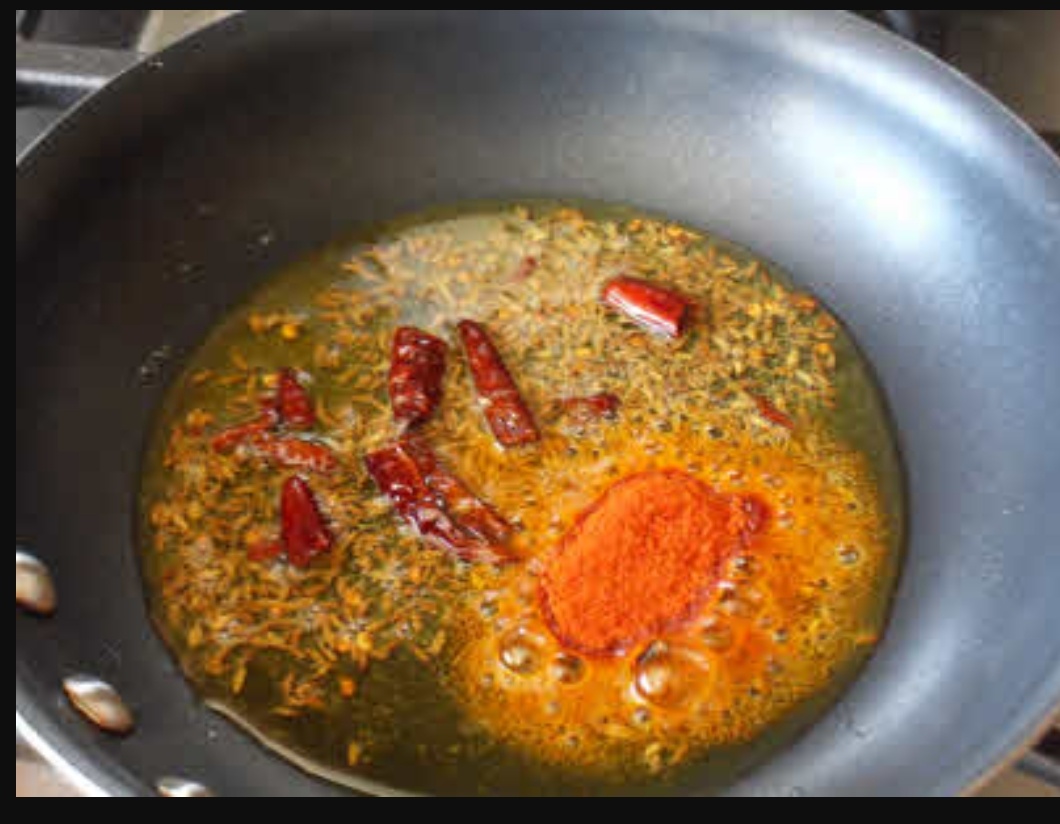
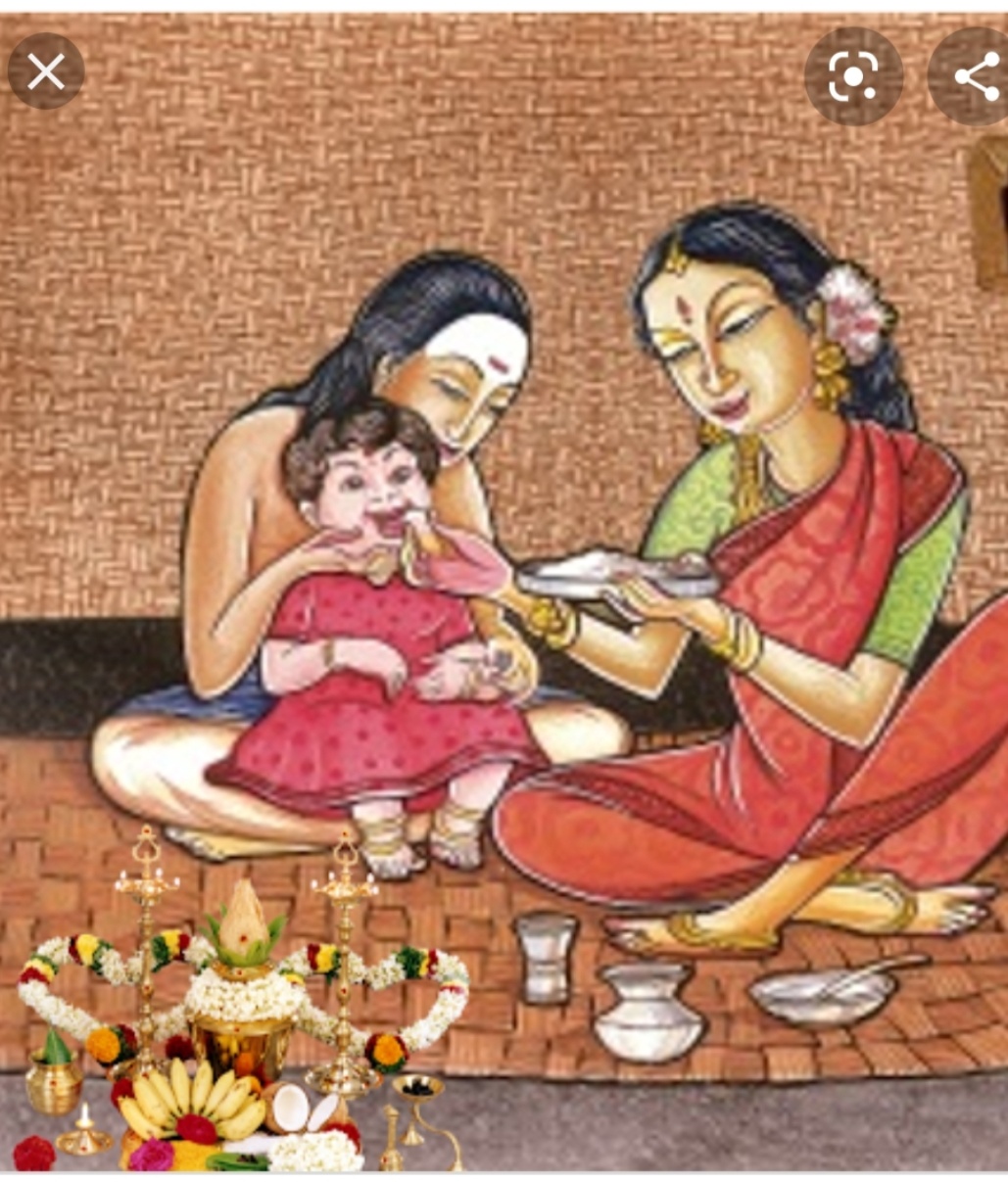

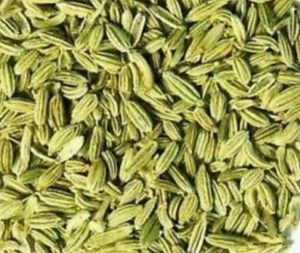 Saunf , pinepinella anisum is native to Mediterranean region, but is now cultivated in northen and eastern india, perhaps since muslim times. The slender green aromatic seeds are often served after meal as a mouth freshener and digestive and are a component of panchphoron , the five spice mixture of Bengal. the French traveller francois bernier ( C.AD 1665 ) mentions carrying sweet biscuits flavoured with aniseed during his travel in India.
Saunf , pinepinella anisum is native to Mediterranean region, but is now cultivated in northen and eastern india, perhaps since muslim times. The slender green aromatic seeds are often served after meal as a mouth freshener and digestive and are a component of panchphoron , the five spice mixture of Bengal. the French traveller francois bernier ( C.AD 1665 ) mentions carrying sweet biscuits flavoured with aniseed during his travel in India.